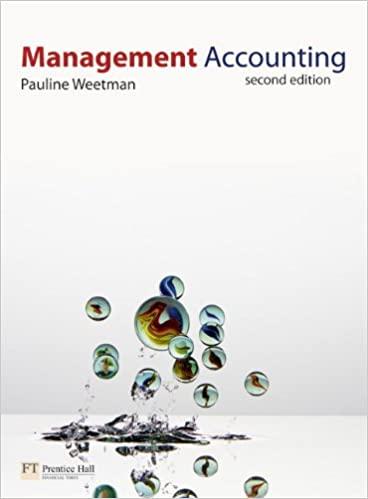Answered step by step
Verified Expert Solution
Question
1 Approved Answer
1 1 . Assume that our pal John ( see PS # 2 ) is still fixated on the stock of X Co .
Assume that our pal John see PS # is still fixated on the stock of X Co John follows the financial news and notes that when X reports a positive earnings surprise, the X stock price goes up; when X reports a negative earnings surprise, the X stock price declines. In the past, positive surprises have been rare, occurring only twice in years. John estimates eg from studying past earnings announcement results that if there is good earnings news this year, shares of X will be worth $k If X reports poor earnings this year, shares will be worth only $ X Co stock is currently $share and John is considering investing his hardearned bucks in shares of X
#b Assume the information in a above applies. Now, John has been watching lots of TV; way too much, actually. He notes that when the Federal Reserve Open Market Committee meets each month, if the Chairman is smiling, the economy does well; if the Chairman is frowning, the economy does poorly. In the past, when X Co earnings surprise has been positive, the Chairman had smiled of the time. When X Co earnings surprise has been negative, the Chairman had frowned of the time. Guess what? X Co is soon to report annual earnings, and Chairman Bernanke just smiled. Is
the stock a good buy at $share according to Johns model? How much would John be willing to pay?
Hint: first, realize that this is a Bayes problem, about updating your beliefs due to new information. The probability that the Chairman smiles, given that earnings surprise is good is eg pCsSg Also, pCfSb But this is backwards! We already know the Chairman is smiling; now we want to know the probability that surprise will be good, right? Or pSgCs Once you calculate the probabilities of surprise being goodbad based on the Chairman smiling, then you can calculate expected utility from buying the stock. Second, you need to know how to work backwards from utility to price. Assume a payoff of $ gives utility of square root function A payoff of $ gives utility of So a fair gamble p paying $ or $ has an expected utility of What amount for certain gives the same utility? $ right? So when you realize you are about to spend $k on a gamble that pays off either $k or $ do the following: use Bayes Theorem to calculate the appropriate probabilities; calculate the expected utility of the gamble; then calculate the dollar amount for certain that gives this same utility the certainty equivalent This is basically, how investors with their own beliefs about a companys prospects hopefully using valuation theory like Ohlsons models set stock prices, based on their information.
Step by Step Solution
There are 3 Steps involved in it
Step: 1

Get Instant Access to Expert-Tailored Solutions
See step-by-step solutions with expert insights and AI powered tools for academic success
Step: 2

Step: 3

Ace Your Homework with AI
Get the answers you need in no time with our AI-driven, step-by-step assistance
Get Started


